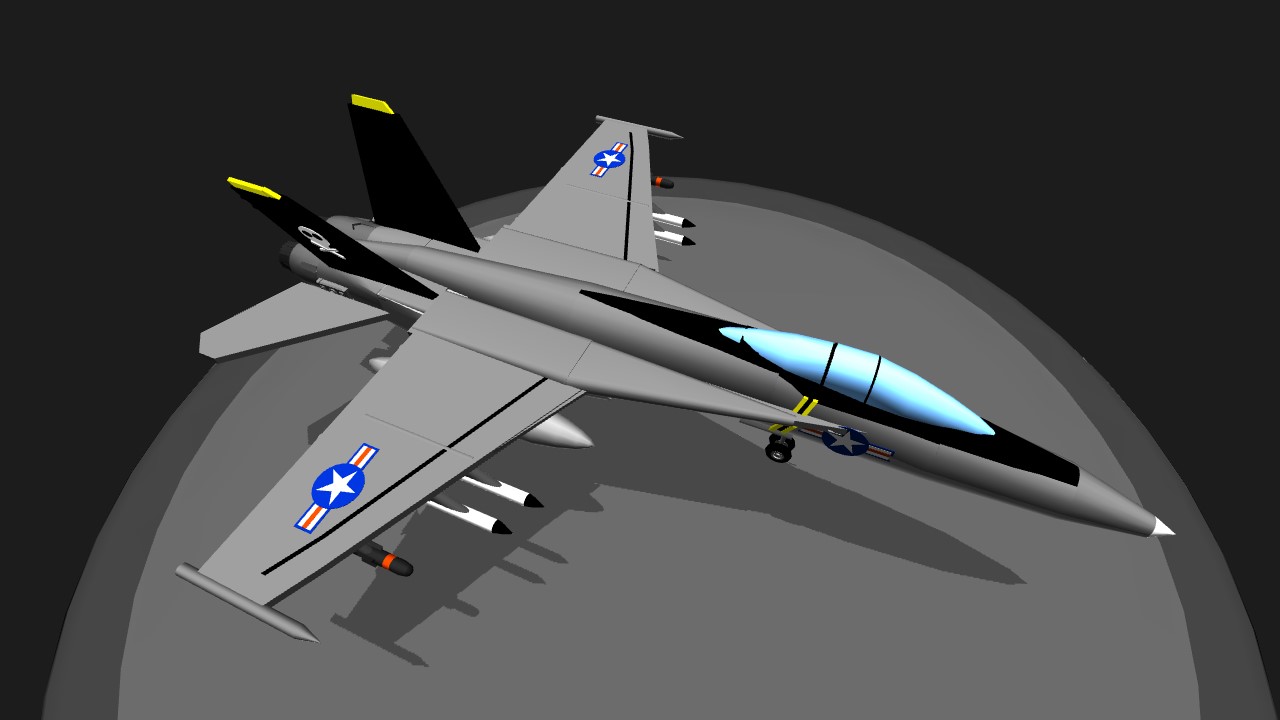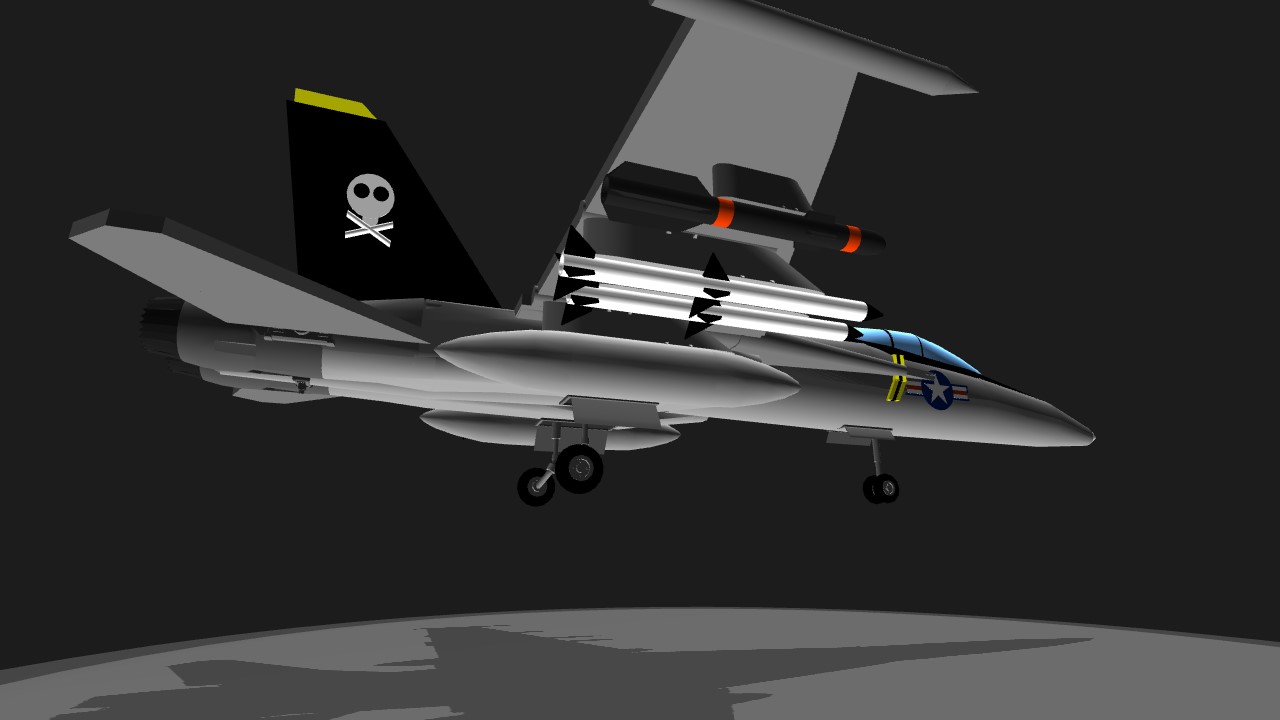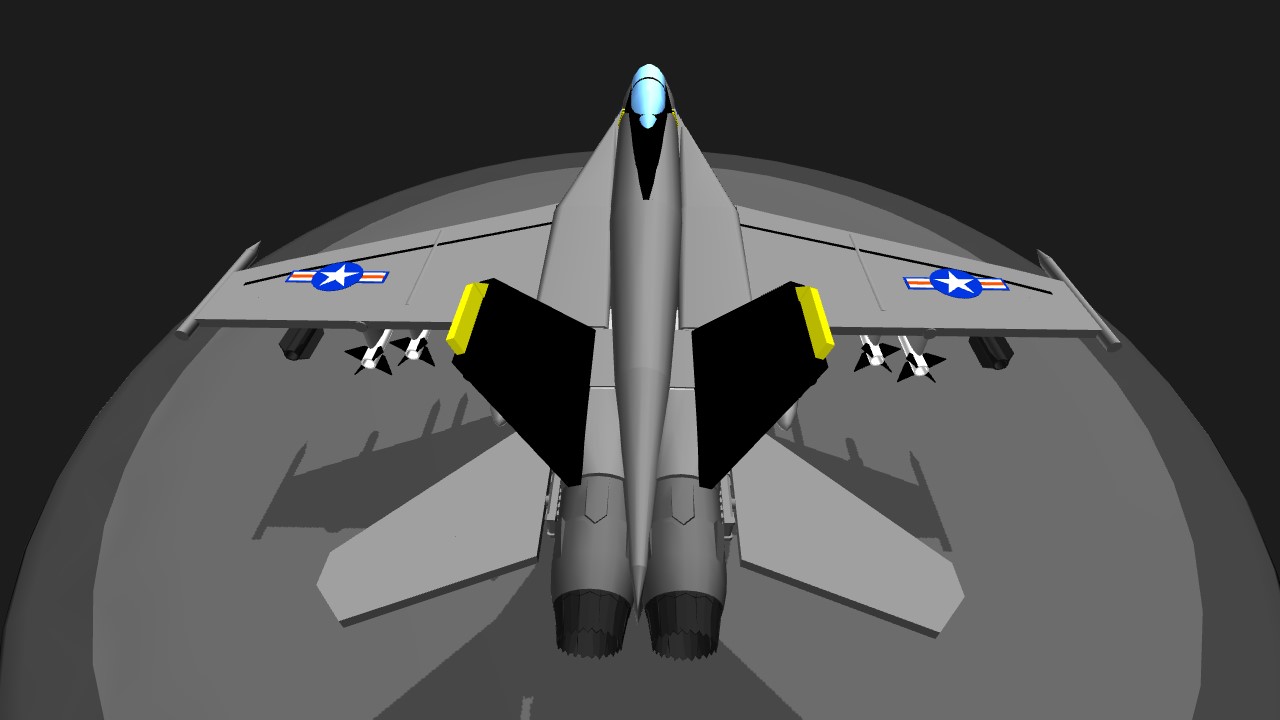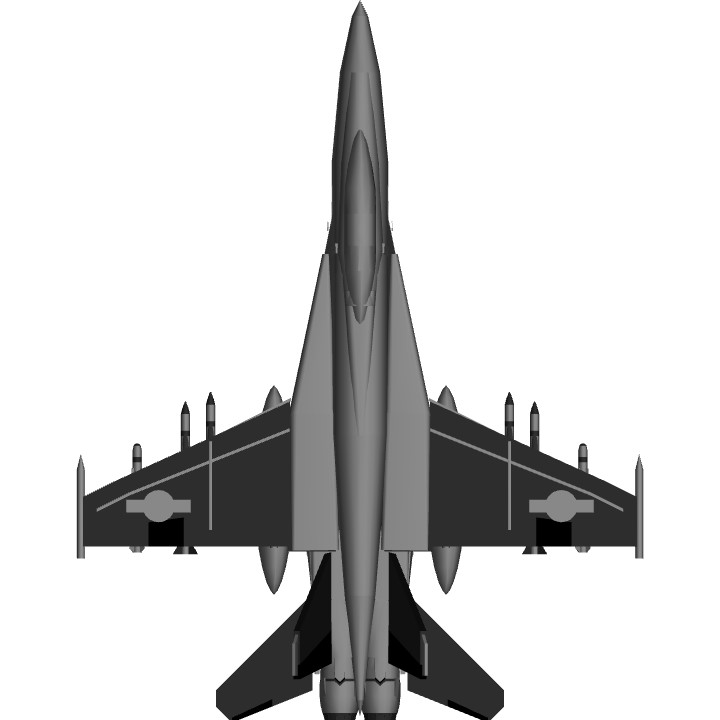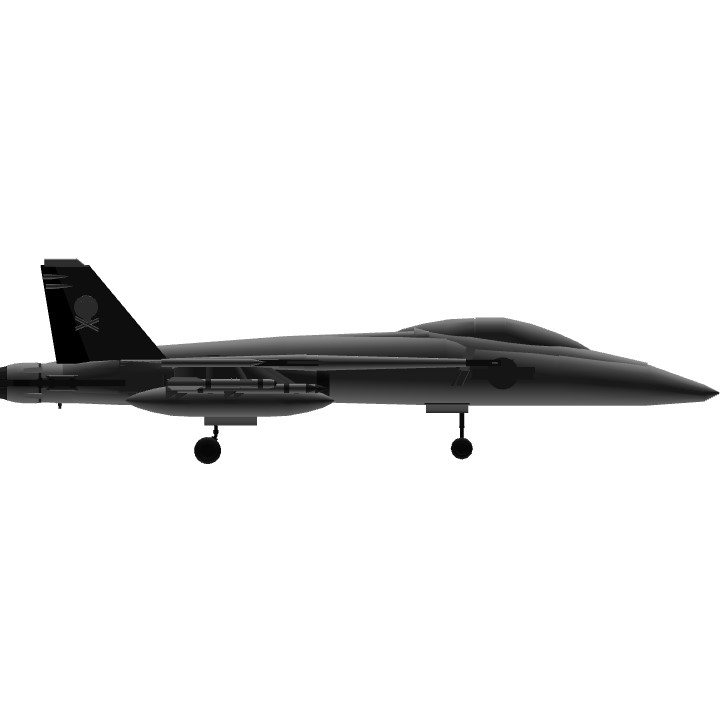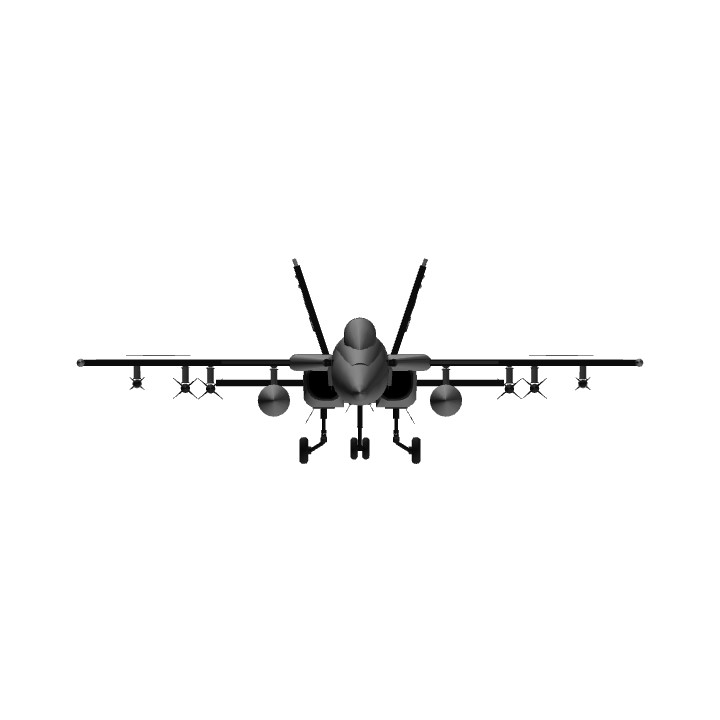The Boeing F/A-18E Super Hornet and related twin-seat F/A-18F are twin-engine carrier-capable multirole fighter aircraft variants based on the McDonnell Douglas F/A-18 Hornet. The F/A-18E single-seat and F/A-18F tandem-seat variants are larger and more advanced derivatives of the F/A-18C and D Hornet. The Super Hornet has an internal 20 mm M61 rotary cannon and can carry air-to-air missiles and air-to-surface weapons. Additional fuel can be carried in up to five external fuel tanks and the aircraft can be configured as an airborne tanker by adding an external air refueling system.
Designed and initially produced by McDonnell Douglas, the Super Hornet first flew in 1995. Full-rate production began in September 1997, after the merger of McDonnell Douglas and Boeing the previous month. The Super Hornet entered service with the United States Navy in 1999, replacing the Grumman F-14 Tomcat, which was retired in 2006; the Super Hornet serves alongside the original Hornet. The Royal Australian Air Force (RAAF), which has operated the F/A-18A as its main fighter since 1984, ordered the F/A-18F in 2007 to replace its aging F-111 fleet. RAAF Super Hornets entered service in December 2010.
THE TRUTH IS OUT THERE
Specifications
General Characteristics
- Successors 1 airplane(s) +49 bonus
- Created On Windows
- Wingspan 28.9ft (8.8m)
- Length 36.7ft (11.2m)
- Height 10.4ft (3.2m)
- Empty Weight 12,383lbs (5,617kg)
- Loaded Weight 24,454lbs (11,092kg)
Performance
- Power/Weight Ratio 2.756
- Wing Loading 102.0lbs/ft2 (498.2kg/m2)
- Wing Area 239.7ft2 (22.3m2)
- Drag Points 4797
Parts
- Number of Parts 216
- Control Surfaces 6
- Performance Cost 823

